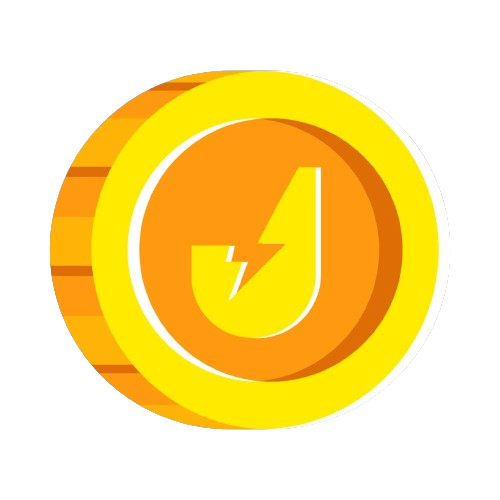1 Applicants
5
6/1/2025
6/24/2025
Description: The agent will analyze the user’s resume to extract key information such as skills, experience, education, and certifications. Key Features: Support for multiple file formats (PDF, Word, etc.). AI-powered extraction of keywords and key phrases. Identification of transferable skills and related roles. 2.2 Skill-Based Job Search
Description: The agent will allow users to search for jobs based on specific skills or a combination of skills. Key Features: Skill mapping to job titles and roles. Search filters for location, salary range, job type (remote, hybrid, on-site). Support for related or alternative skills (e.g., ""data analysis"" mapped to ""data visualization""). 2.3 Web Scraping for Job Listings
Description: The agent will scrape job postings from popular job boards (e.g., Indeed, Glassdoor, LinkedIn), company career pages, and industry-specific platforms. Key Features: Real-time job data aggregation. Ability to handle structured and unstructured job posting formats. Filtering out expired or duplicate listings. 2.4 Job Matching Algorithm
Description: The agent will use an AI algorithm to match the user’s profile with job postings and rank them by relevance. Key Features: Matching based on skills, experience, and job requirements. Scoring system to rank jobs (e.g., percentage match). Highlighting key matches and missing qualifications for transparency. 2.5 Personalized Alerts
Description: The agent will send users personalized job alerts based on their preferences. Key Features: Email or in-app notifications for new job postings. Daily or weekly job updates based on user-defined frequency. Alerts for high-priority jobs (e.g., jobs with application deadlines). 2.6 Advanced Filters and Search Customization
Description: Users can customize their search with advanced filters to narrow down results. Key Features: Filters for company size, industry, and job seniority. Inclusion of remote-only or hybrid opportunities. Keyword-based search for niche roles. 2.7 Reporting and Analytics
Description: The agent will provide users with insights into their job search activity and market trends. Key Features: Dashboard displaying the number of matched jobs, applications submitted, and responses received. Insights into in-demand skills and roles based on market data. Recommendations for improving profile visibility. 3. User Interface and Experience (UI/UX) User Flow: User uploads their resume or enters skills. Agent analyzes the input and begins searching job listings. User views ranked job matches with detailed insights. User applies to jobs directly through integrated links or platforms. User receives alerts and tracks progress through the dashboard. Design: Clean, intuitive interface with easy navigation. Mobile-friendly design for job searching on the go. Interactive dashboard for tracking job search metrics. 4. Technical Requirements Platform: Web-based application with optional mobile app support. Integrations: Job Boards: APIs for LinkedIn, Indeed, Glassdoor, and Monster. Career Pages: Scraping tools for company websites. Email/Notification Services: Integration with email and push notification systems. AI/ML Models: NLP models for resume parsing and job description analysis. Machine learning algorithms for job matching and ranking. Data Storage: Secure storage for user profiles and search history. GDPR and CCPA compliance for data privacy. Performance: Real-time job search and updates. Scalable infrastructure to handle large datasets and concurrent users. 5. Timeline and Milestones Phase 1: Develop resume parsing and skill-based search features (4 weeks). Build web scraping module for job listings (6 weeks). Phase 2: Implement job matching algorithm and ranking system (6 weeks). Add personalized alerts and advanced search filters (4 weeks). Phase 3: Build reporting and analytics dashboard (4 weeks). Conduct beta testing with a select group of users (4 weeks). Phase 4: Launch full product with marketing campaign (4 weeks). 6. Metrics and KPIs Job Matching Accuracy: Percentage of jobs recommended that users find relevant. User Engagement: Number of searches performed per user. Average time spent on the platform. Application Success Rate: Percentage of matched jobs applied to. Number of interviews secured from matched jobs. Platform Performance: Time taken to return search results. Number of jobs aggregated daily. 7. Constraints and Assumptions Budget: Development costs should not exceed $X. Technology Limitations: Availability of job board APIs and restrictions on scraping. User Behavior: Assumes users will upload accurate resumes and input relevant skills. 8. Risks and Mitigations Risk: Limited access to job board APIs due to restrictions. Mitigation: Partner with job boards for API access and compliance. Risk: Privacy concerns over storing user resumes and data. Mitigation: Implement robust encryption and comply with data protection laws. Risk: Outdated or inaccurate job listings. Mitigation: Use real-time scraping and frequent data updates.

.jpg)